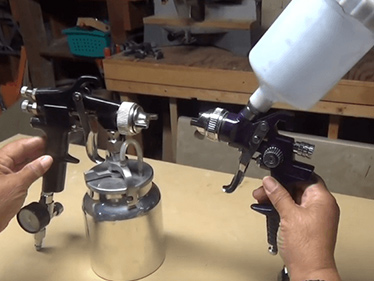Electrostatic painting uses the grounded object as the […]
Electrostatic painting uses the grounded object as the positive electrode, the paint atomizing device as the negative electrode, and the paint atomizing device with high negative voltage, forming an electrostatic boundary between the two poles to make the atomized paint particles negatively charged. The method of effectively attracting the paint to the surface of the opposite electrode is called electrostatic coating. Then why use the coated object as the positive electrode and the paint atomizing device as the negative electrode? So on the contrary, it is difficult and unsafe to transfer to spark discharge. In order to implement electrostatic painting, the grounding of the coated object is an important and necessary condition, and the coated object must be a good electrical conductor. Wood is generally regarded as a poor electrical conductor, but when its moisture content is over 8%, electrostatic coating can be applied, which has also been confirmed by experience. This is a normal electrostatic painting. The current value flowing between the positive and negative diodes is 20-50 microamperes (MICRO-AMPERE), which is very small, so although it is wood-like, objects with larger resistance values can also be applied Electrostatic coating.
